Where not to go in 2020
Where to leave off your bucket list next year
Your support helps us to tell the story
From reproductive rights to climate change to Big Tech, The Independent is on the ground when the story is developing. Whether it's investigating the financials of Elon Musk's pro-Trump PAC or producing our latest documentary, 'The A Word', which shines a light on the American women fighting for reproductive rights, we know how important it is to parse out the facts from the messaging.
At such a critical moment in US history, we need reporters on the ground. Your donation allows us to keep sending journalists to speak to both sides of the story.
The Independent is trusted by Americans across the entire political spectrum. And unlike many other quality news outlets, we choose not to lock Americans out of our reporting and analysis with paywalls. We believe quality journalism should be available to everyone, paid for by those who can afford it.
Your support makes all the difference.You’ll have read plenty of articles about where you should be going in 2020 – The Independent travel team’s own list included – but what about the cities and regions you should avoid in the next 12 months?
Whether a destination has concerns of overtourism or overinflated entry fees, here are the places you should leave off your bucket list for 2020.
Bruges, Belgium
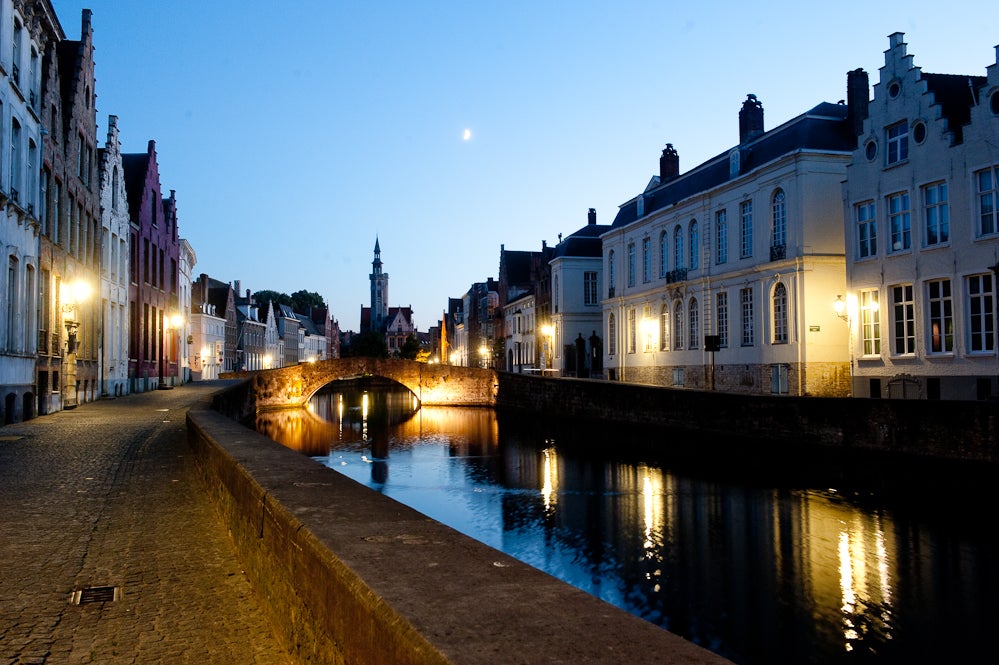
Anyone who’s seen In Bruges – or, in fact, visited the Belgian gem in person – will know how charming this city is, all canals, cobbled streets and medieval architecture. But this is precisely why the place has attracted swathes of tourists – and why the authorities are cracking down.
The city’s mayor, Dirk De fauw, announced he was backing several measures to tackle overtourism and avoid the “Disneyfication” of the city in 2019.
These included a cap on the number of cruise ships from five to two at any one time, plus an end to all advertising campaigns encouraging daytrippers. Ships will also be asked to dock on weekdays rather than weekends to reduce overcrowding, while the tourist board plans to stop promoting the destination in nearby cities such as Paris and Brussels.
Iceland
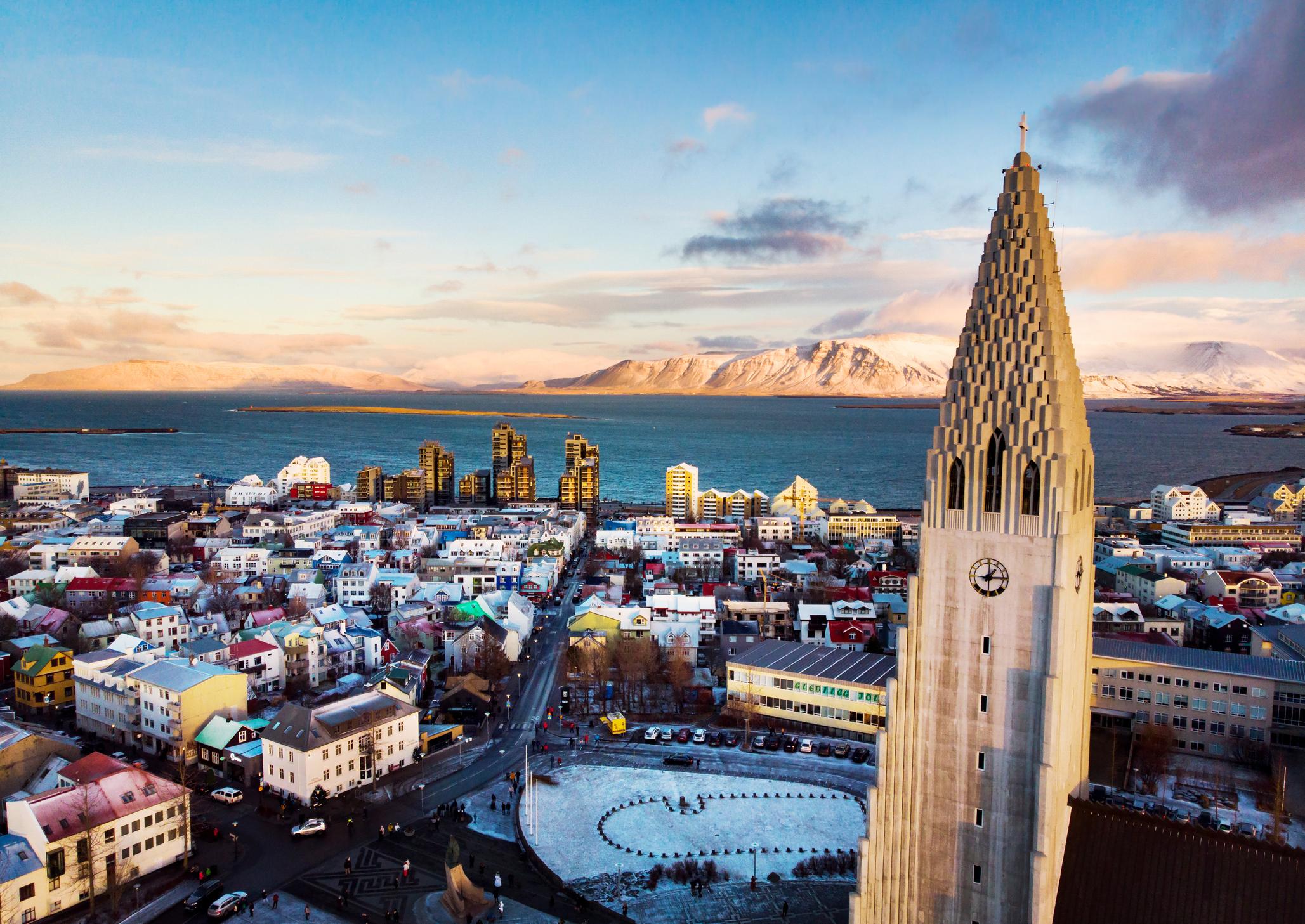
Iceland has seen a huge tourism boom over the last five years: since 2015 there has been an 80 per cent increase in tourist numbers, rising from 1.3 million to 2.32 million.
Earlier this year, an Icelandic canyon was even temporarily closed off to visitors following a huge influx of tourists, with some blaming Justin Bieber for the problem. The Fjaorargljufur canyon in southeast Iceland was previously off the beaten track, but gained prominence after featuring in the popstar’s music video for 2015 single “I’ll Show You”.
Visitor numbers to the canyon almost doubled from 2017 to 2018, growing from 150,000 to 282,000 – and the popularity surge resulted in damage to vegetation.
New Orleans, USA
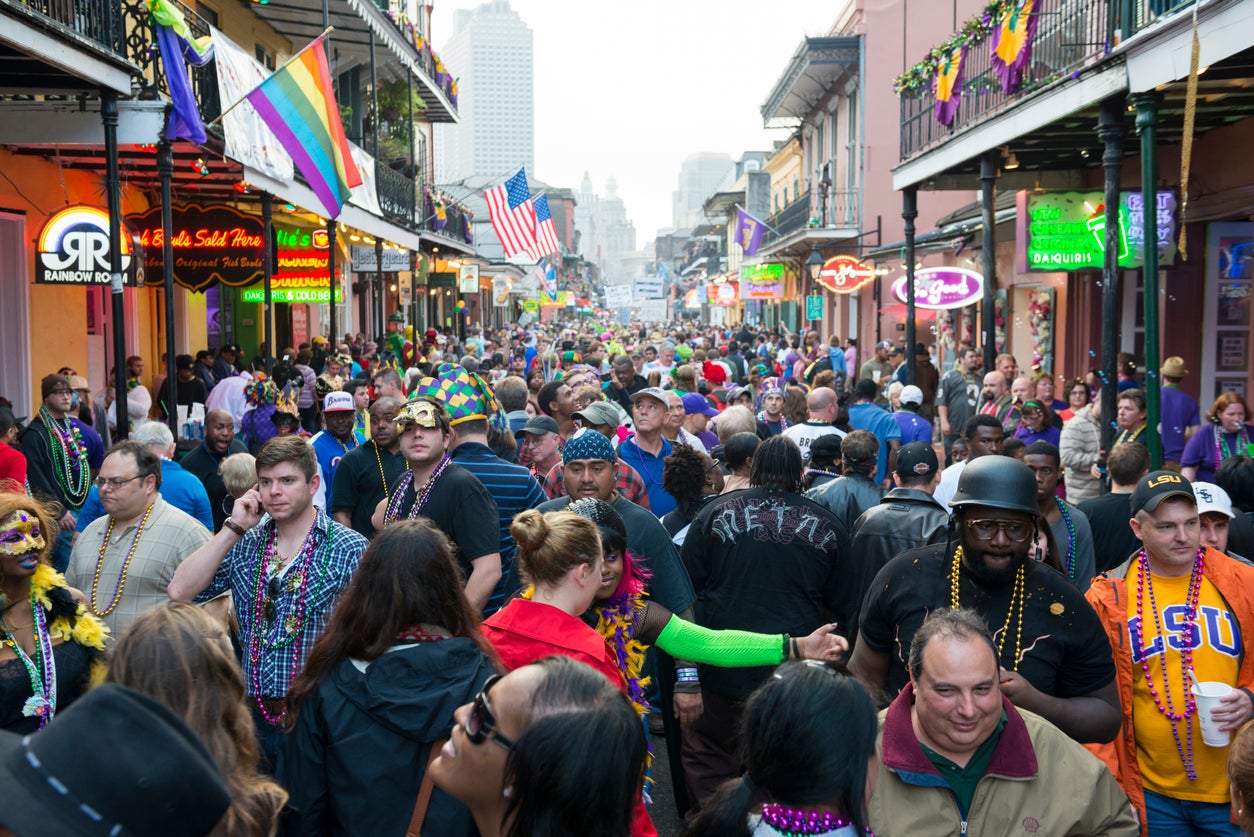
Visitors flock to the Big Easy for its vibrant live music scene and exceptional Mississippi cuisine. But this year, residents announced they were fighting back after a surge in visitor numbers. The Louisiana city’s historic centre currently receives more than five times the number of tourists per resident than the centre of Venice.
The New Orleans Sustainable Tourism Task Force, an independent collective of concerned citizens launched in 2018, released a report highlighting the main areas of concern after a year of research and analysis.
These include the marketing of the city as a 24/7 party town: “The consequent degradation of residential quality of life is placing severe stress on the city’s historic neighbourhoods and degrading the visitor experience,” it said.
Rome, Italy
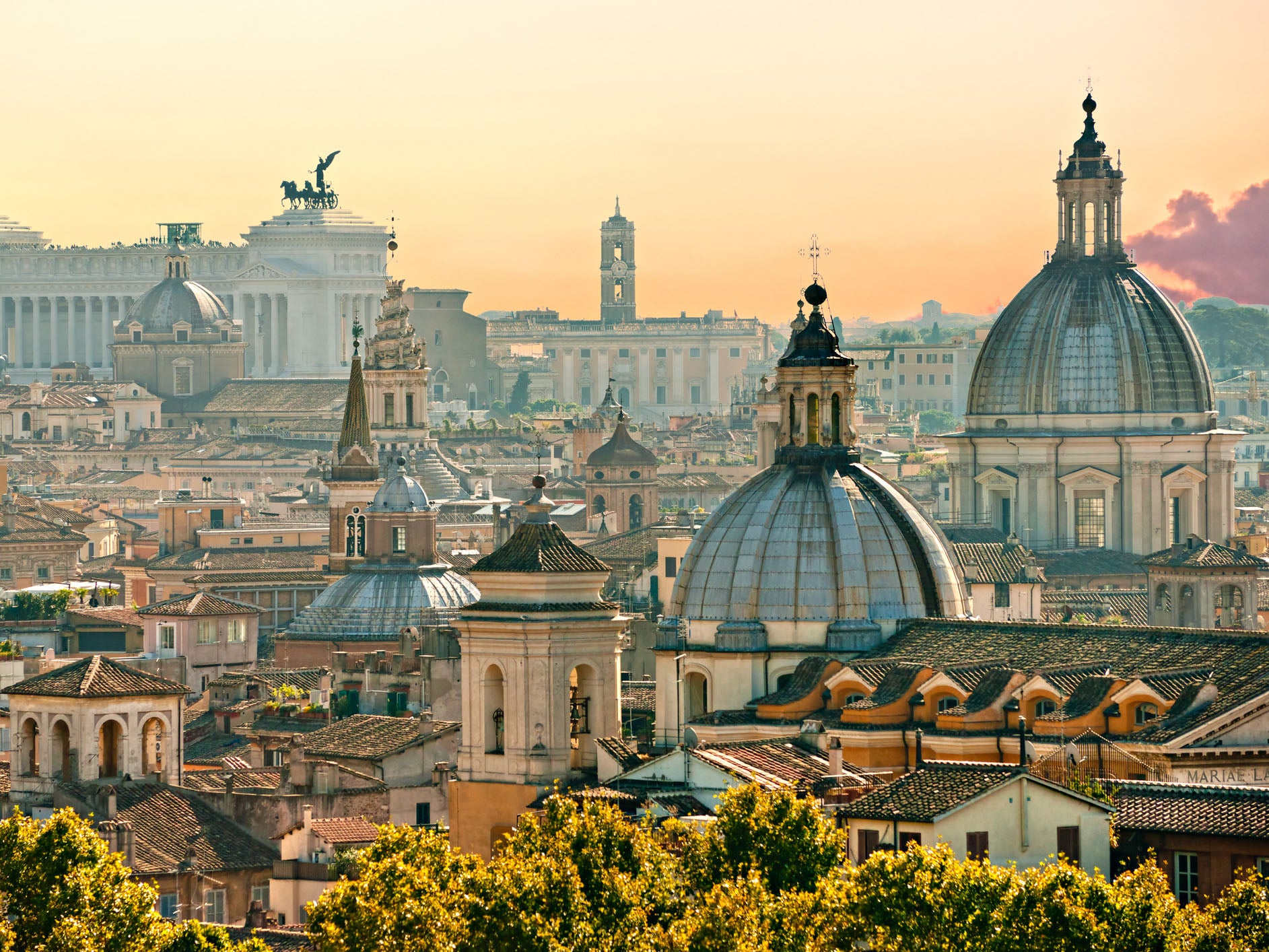
The Italian capital has long struggled under the weight of its own popularity, with the biggest attractions drawing overwhelming crowds in the spring and summer months. This is reflected in the city’s list of regulations for tourists, expanded and updated this year.
The Italian capital has outlawed men going topless in public and the practice of attaching “love padlocks” to bridges, both of which carry a fine if contravened.
Eating messy foods around popular tourist attractions such as the Trevi Fountain is also a no-no according to the new regulations, as is touching your lips against the spout when drinking from Roman public water fountains.
Even bouncing wheeled suitcases or pushchairs up the Spanish Steps is off limits.
Komodo, Indonesia
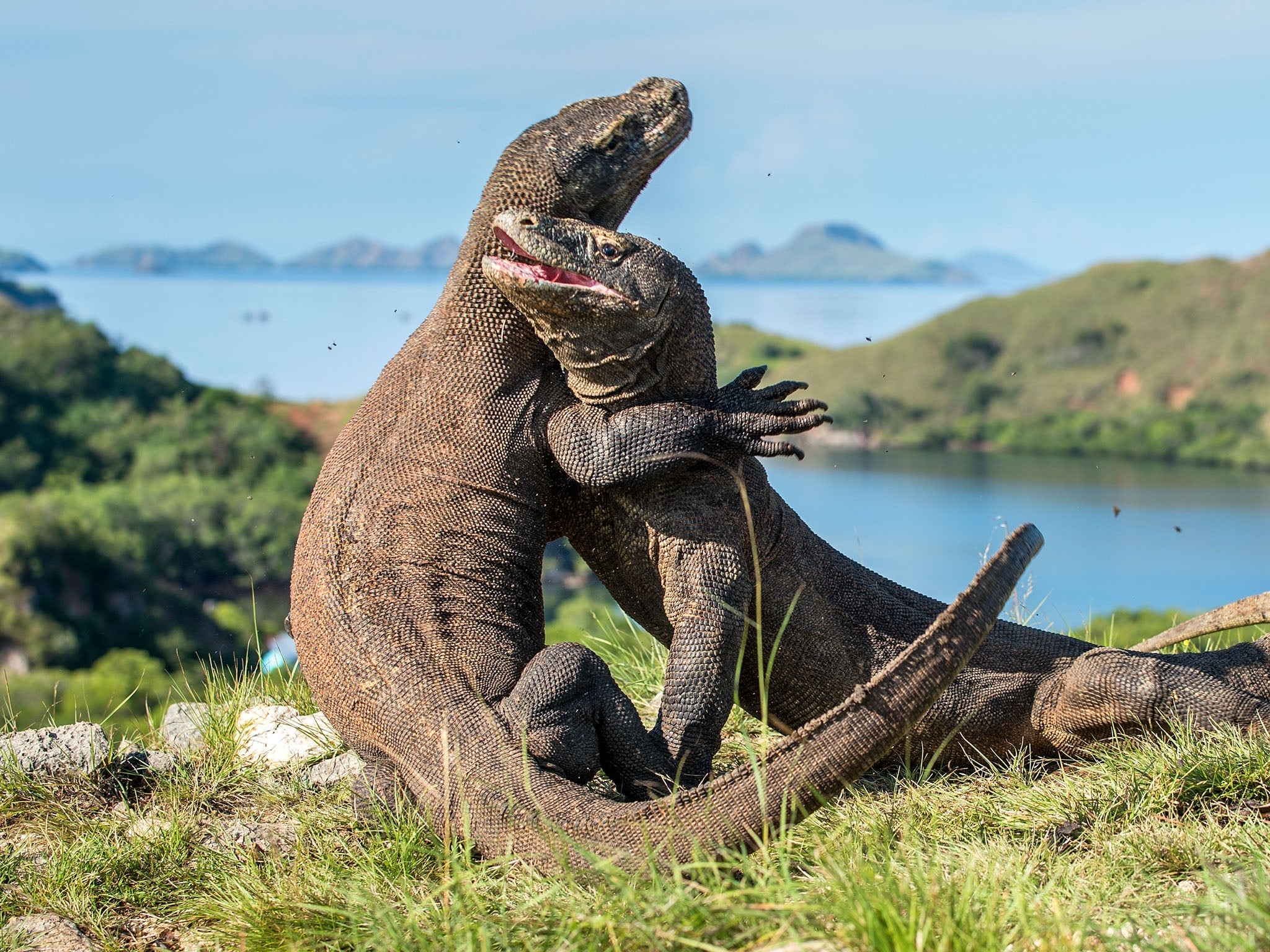
Komodo Island, home to the Komodo dragons, was originally supposed to be shut to visitors for the whole of 2020 due to a decline in the population of the world’s largest lizards.
However, the government has now shifted its position: the island will now remain open next year, but with a hugely inflated entry price.
Visitors could previously access the Indonesian island and Unesco World Heritage site for $10, but the cost will now soar to $1,000 for a full-year membership, pricing out many tourists.
Indonesian officials announced the changes in October, which also include restrictions on visitor numbers to the island.
Kyoto, Japan
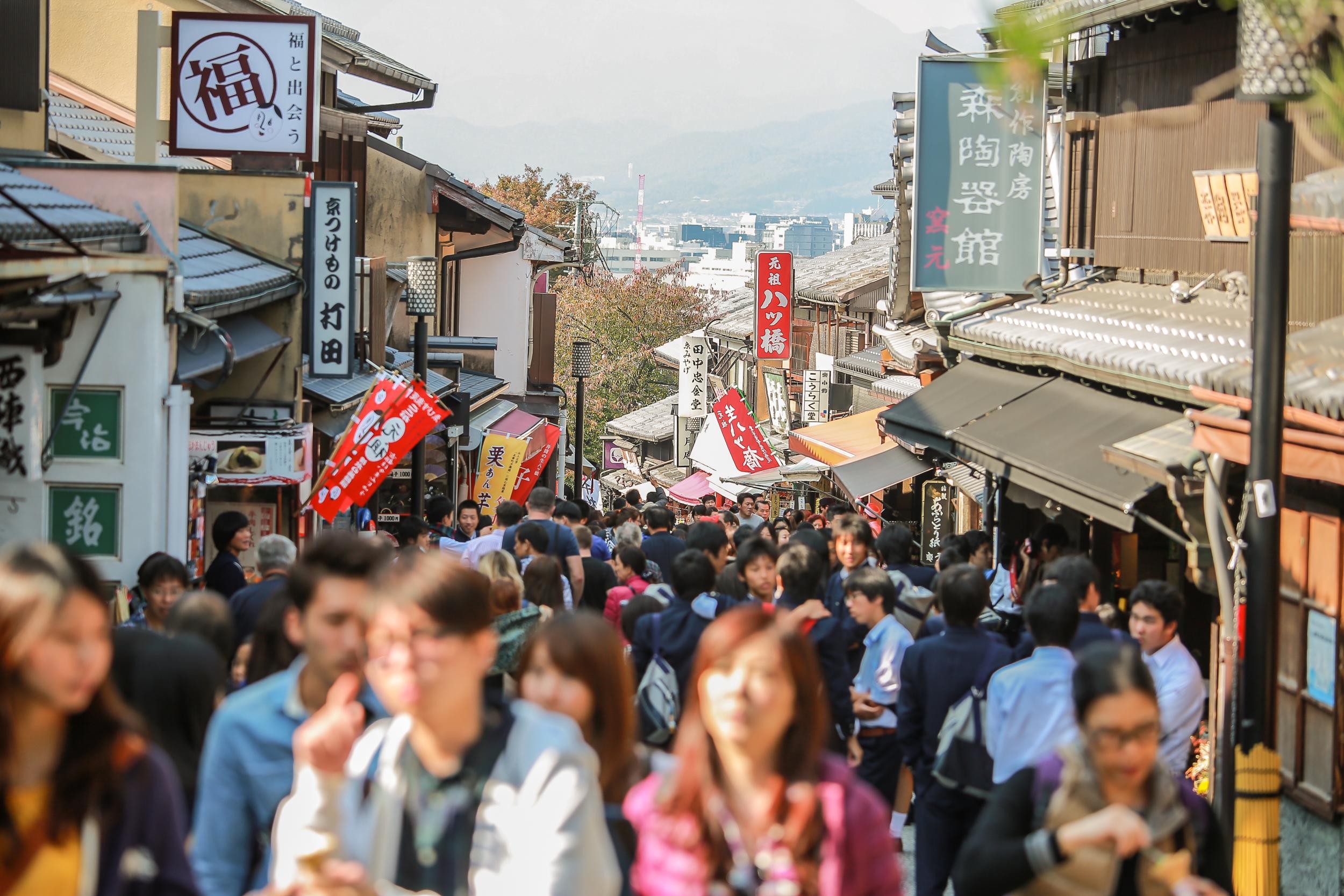
While Kyoto has traditionally been viewed as one of Japan’s most zen spots, it has been a victim of its own success. Earlier this year, local media reported that an izakaya started telling tour groups that it was fully booked in order to deter business, while anybody caught hassling geishas, who reside in Kyoto’s historic Gion district, will be fined Y10,000 (£71). Residents and business owners in the city’s Gion-Shinbashi district have even gone as far to join together to form a “scenery preservation” committee to combat issues including “half-naked hikers, trespassing travellers and prolonged photo shoots”.
A spokesperson from the Japan National Tourist Office (JNTO) said in a statement to The Independent: “Whilst Japan’s promotion as a tourist destination is incredibly important, JNTO is aware of cases of ‘overtourism’ in which local residents of some tourist hotspots have been affected by a surge in the number of visitors from overseas.
“Japan understands the frustrations of both travellers and residents and remains committed to measures that work towards creating an environment for sustainable tourism in key areas.”
Our advice? Leave Kyoto for buzzy Osaka.
Amsterdam, The Netherlands
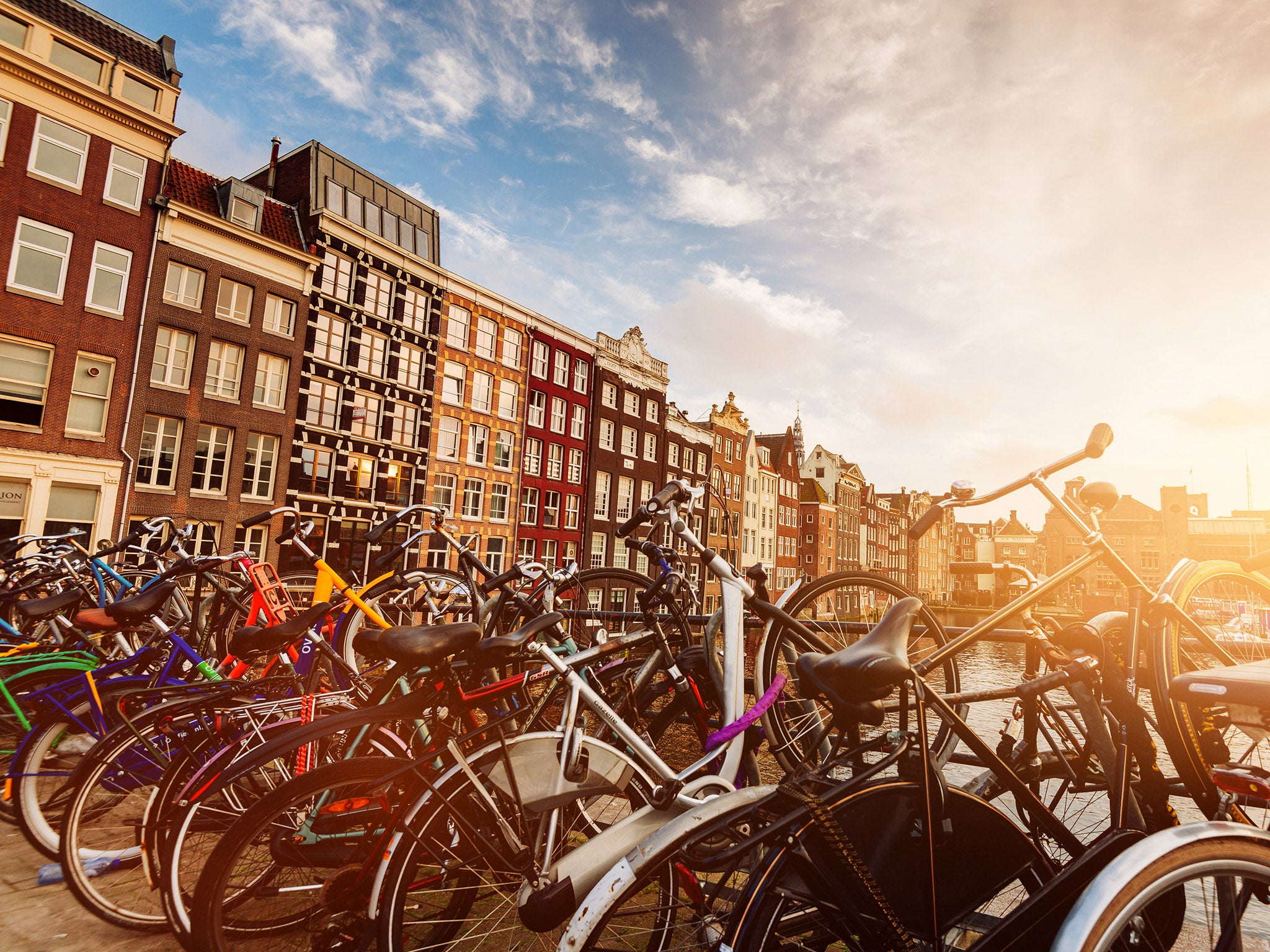
This year, the Dutch tourist board decided to stop actively promoting the Netherlands as a destination, over fears that its cities and attractions were too crowded (the Keukenholf tulip bulb garden is all but inaccessible). Pretty Amsterdam, with around 1 million residents, is swarmed with 17 times that many tourists each year, all keen to see sights such as the canals, Anne Frank’s house and the majestic Rijksmuseum.
If you do decide to visit regardless, there are ways to be responsible. Campaign group Untourist Amsterdam runs a number of offbeat activities in the city, designed to bring tourists and residents together – with one initiative being to “marry” an Amsterdammer for the day.
Luckily for tourists, Rotterdam is just over 30 minutes by train and offers a condensed Dutch experience, with fabulous architecture too – and it deserves the tourist dollar more.
Uluru, Australia
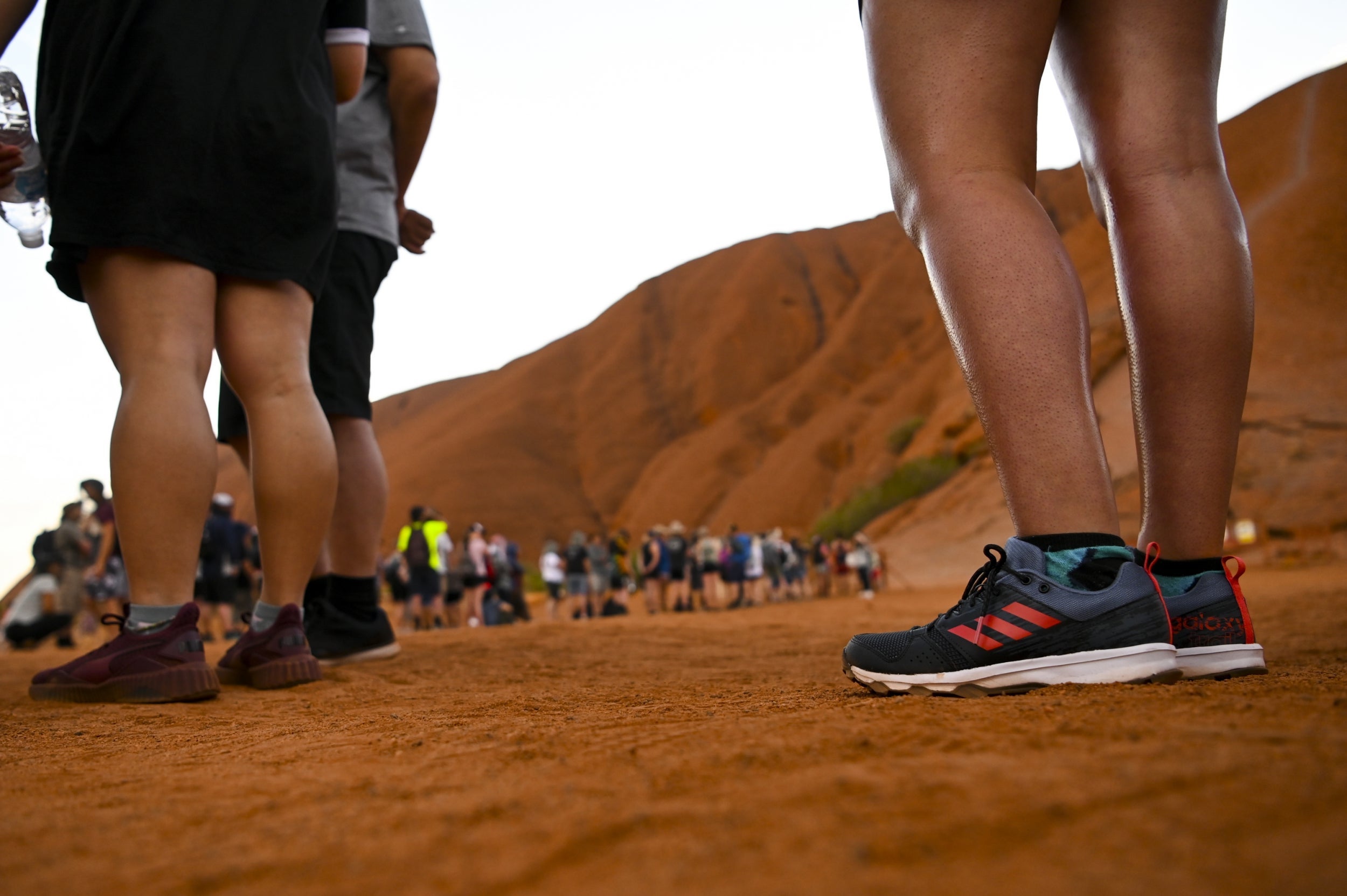
Following years of campaigning, climbing Uluru was finally outlawed at the end of October. Those caught trying to climb the landmark formerly known as Ayers Rock in Australia’s Red Centre will incur a hefty fine.
However, that didn’t stop hundreds of people from queuing to climb it in the days before the climbing ban came into effect. This isn’t to say that you shouldn’t visit at all: there are plenty of other ways to visit this sacred Aboriginal landmark, including sightseeing on motorbike, by helicopter or by Segway. It’s also possible to do tours with the Anangu people, the traditional custodians of this land.
Venice, Italy

Beautiful Venice has long been the poster child for the problems of global swarming, and 2019 has seen plenty of outlandish headlines including “tourists fined £854 for making coffee on steps of Venice bridge”. Following this autumn’s severe flooding, Venetians came out in force to protest against gargantuan cruise ships that dock in the city.
There are ways to visit sustainably: by avoiding cruise ships; visiting St Marco – once; and staying on a nearby island rather than Venice itself.
Machu Picchu, Peru

Peru’s most famous tourist attraction, the 15th-century Incan citadel of Machu Picchu, has long been a staple on bucket lists. Indeed, the Unesco World Heritage Site has become so popular that strict time slots have been introduced to stop overcrowding: visitors have to show up within their allotted hour or risk being turned away. The move was introduced to try to curb the number of visitors, which hovers around 5,000 a day – double the number advised by Unesco. Plans for a new international airport near the ancient site sparked outrage. Far better to visit less-touristy northern Peru, where you’ll find walled settlement Kuélap, dubbed the “Machu Picchu of the North”.

Join our commenting forum
Join thought-provoking conversations, follow other Independent readers and see their replies
Comments